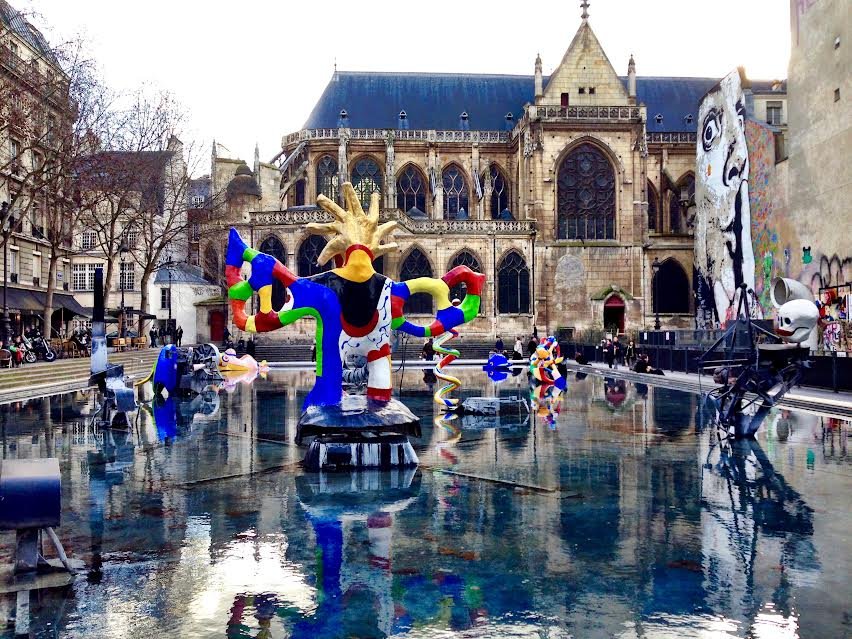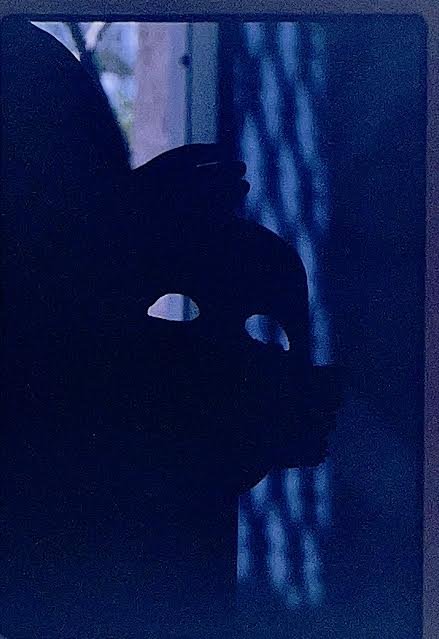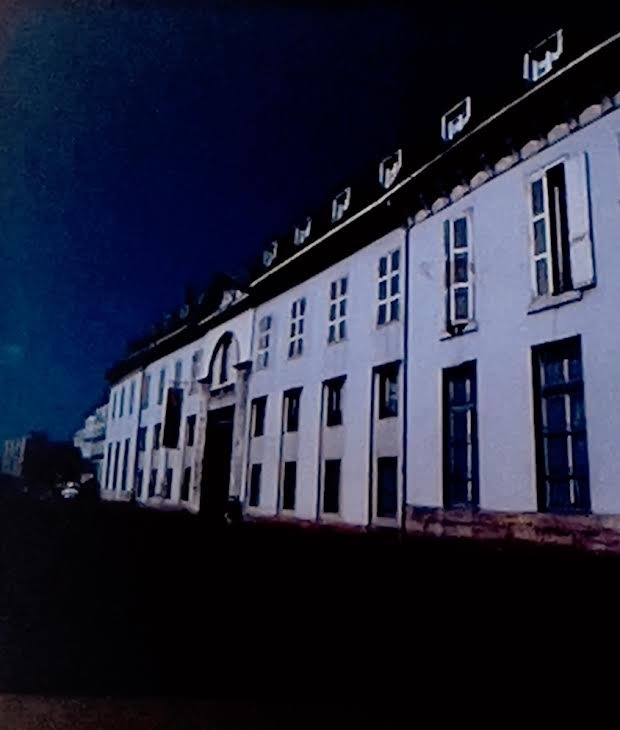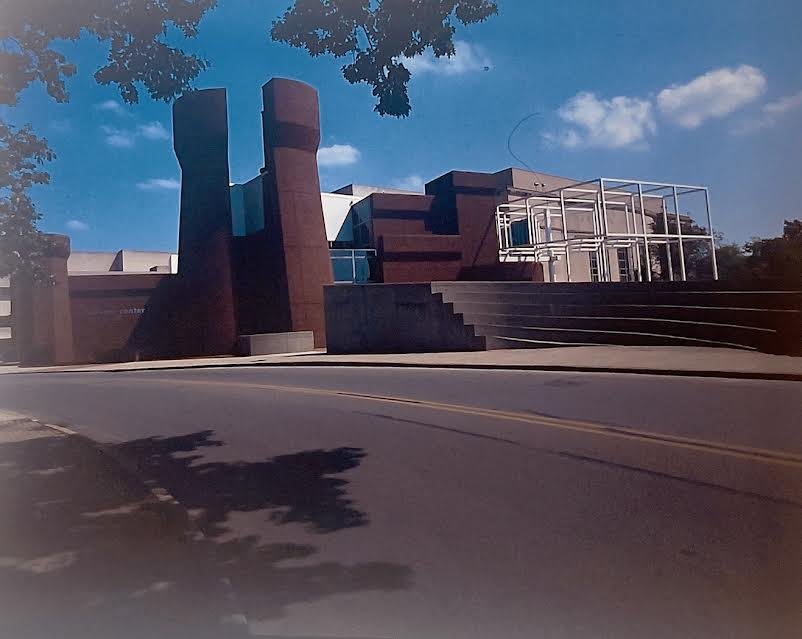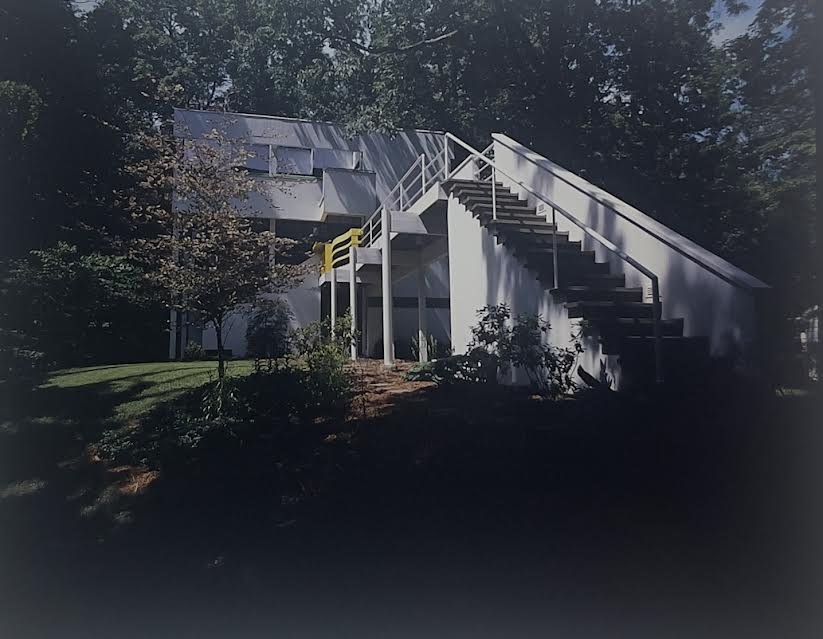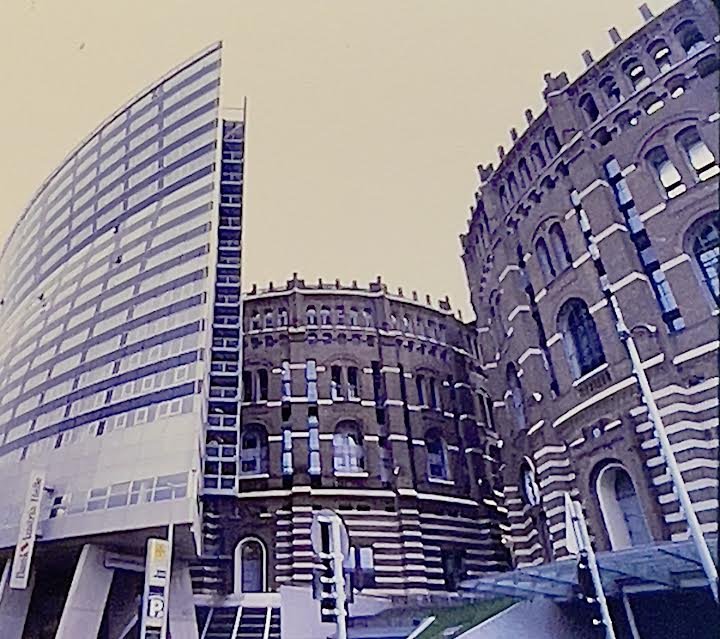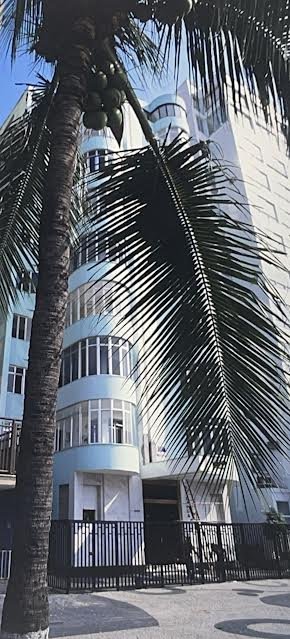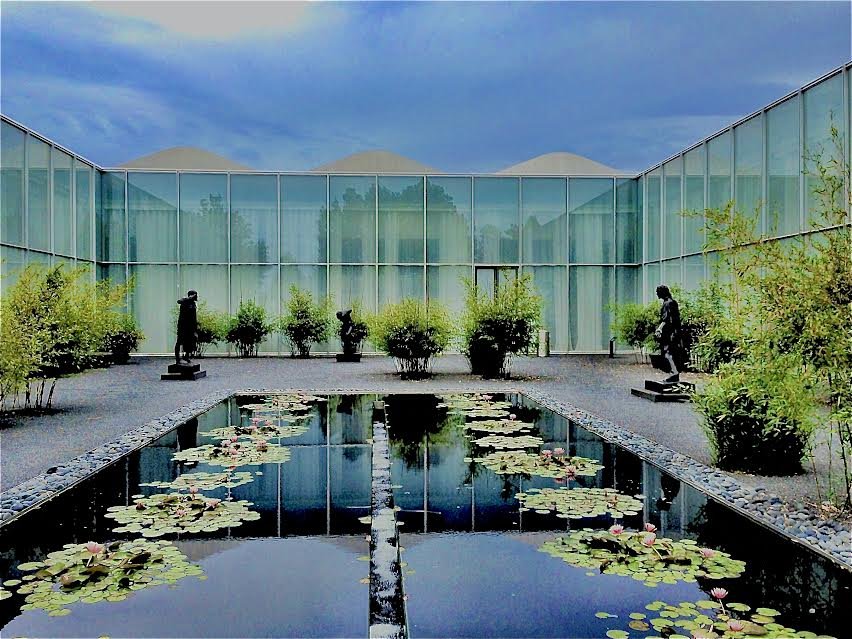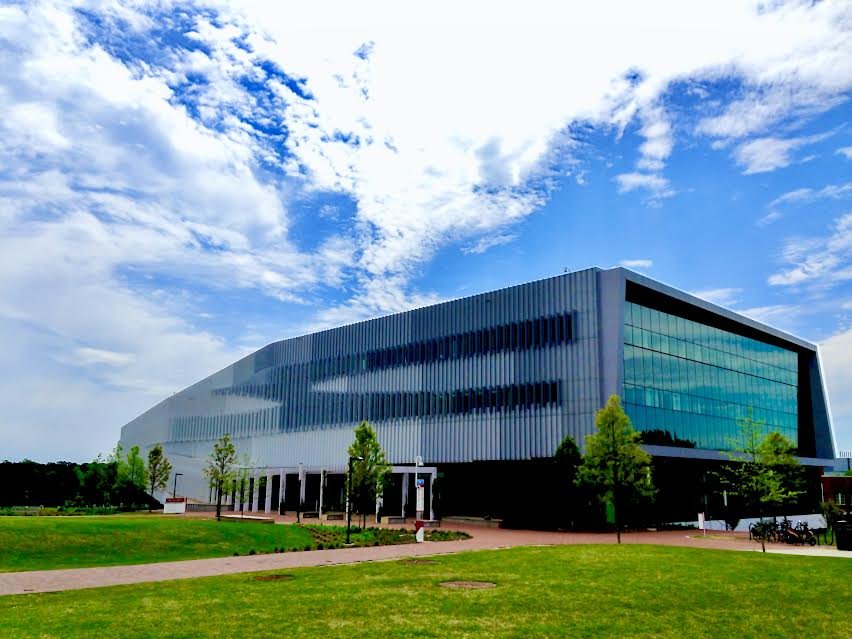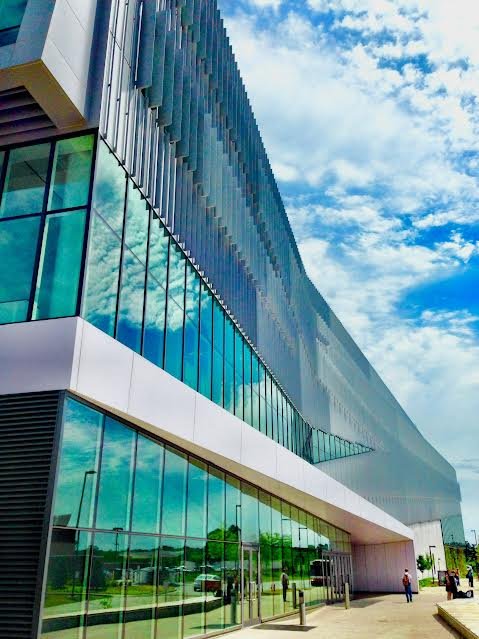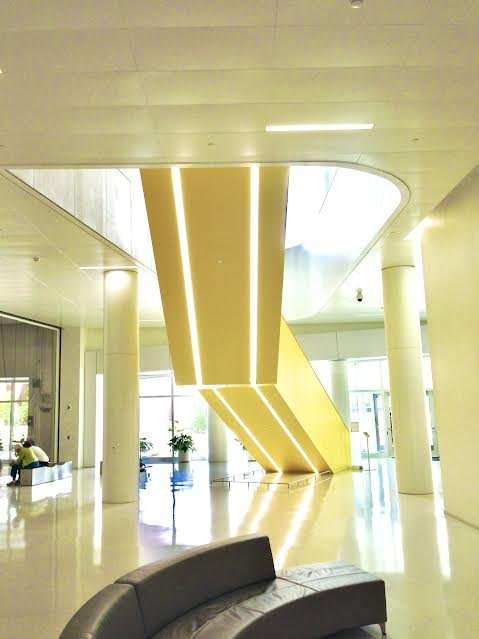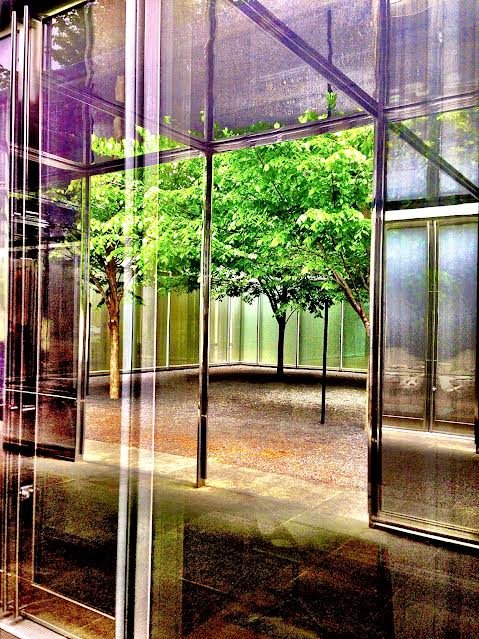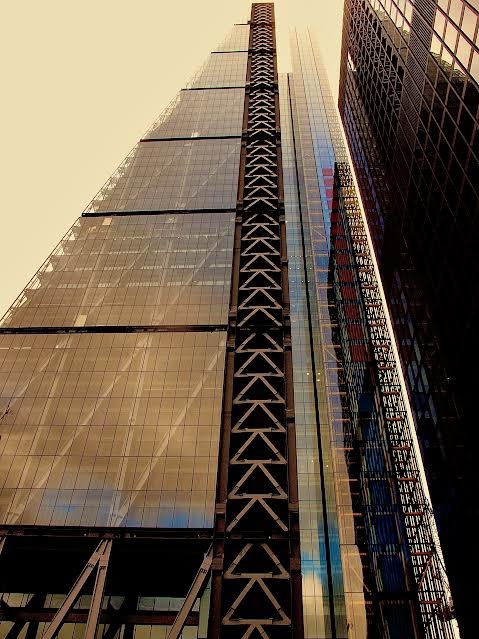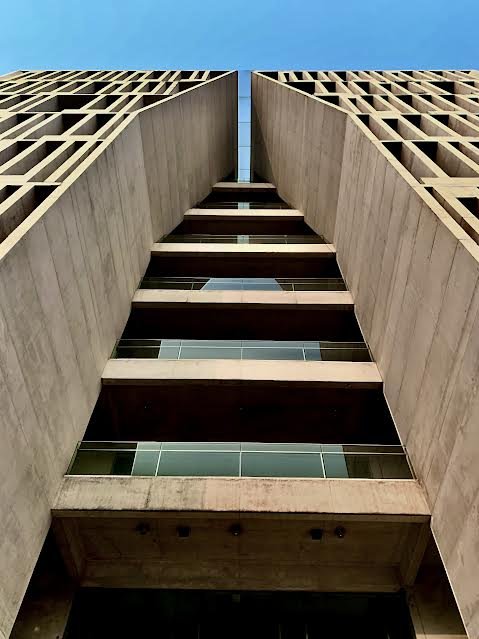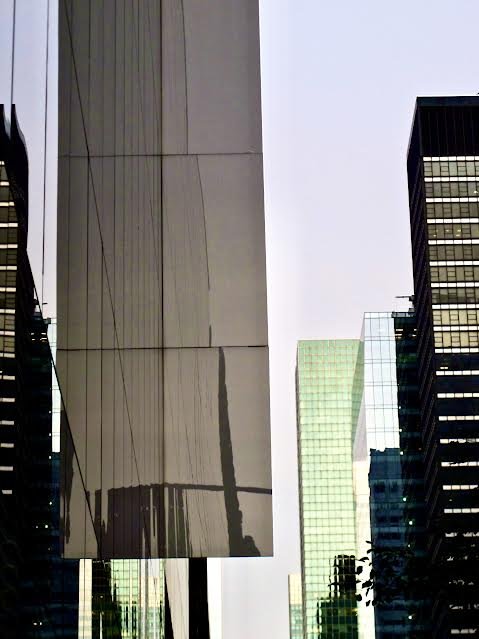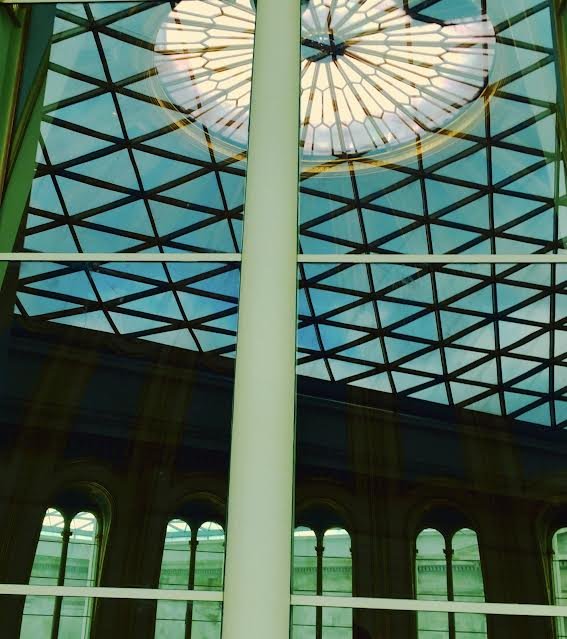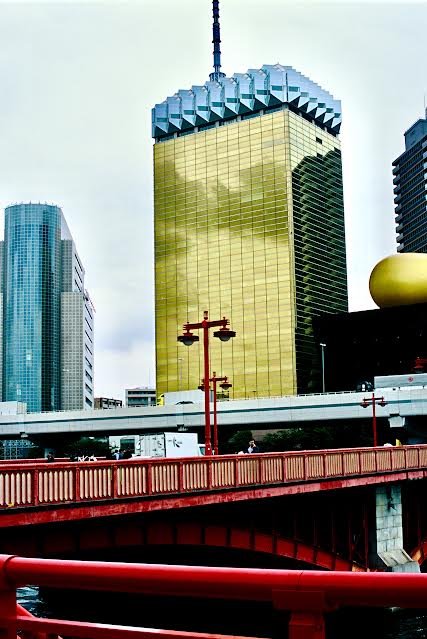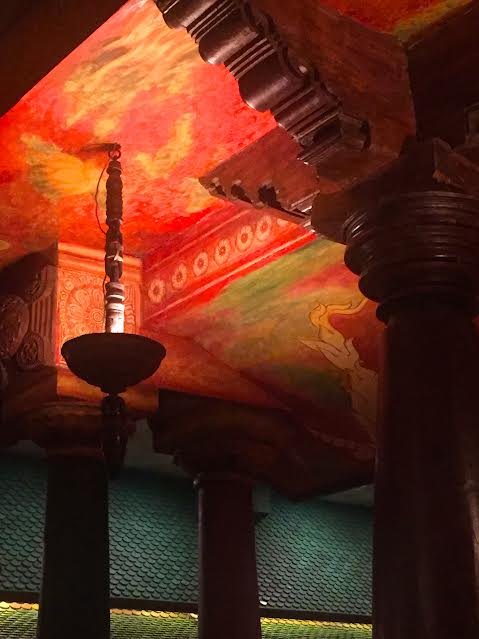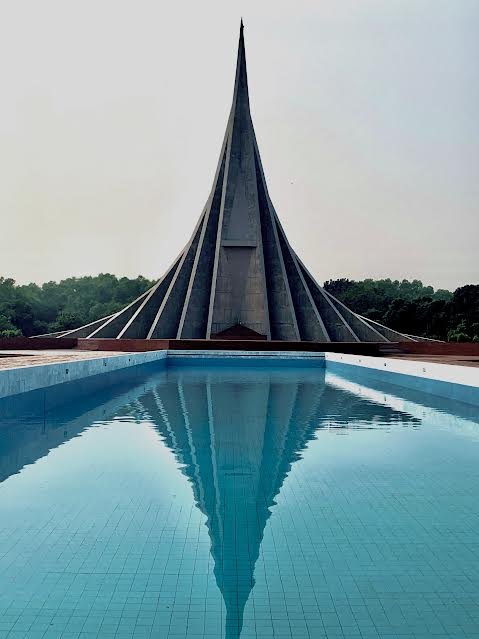adjacent to the Pompidou Art Installation by Jean Tinguley and Niki de Saint Phalle 1983
Nary an eye can see it.
Not even a “Moon’s eye” can see it all.
A glimpse is just a glimpse, a glimpse is just a glimpse: I wish I could remember what I remembered yesterday. That is what most people rewind in their mind’s recall.
It is very personal it is very universal: You leave your parents to become an adult: Your parents pass and leave you as an adult: what glimpses of your past do you recall.
The art of architecture and the architecture that is home to art are edifices of cultural delirium. To the moon and back there is so much to see and absorb that objectively it is impossible to remember what we have seen today or yesterday. Details are funny evasive components of everyone’s history.
It is one of the great apocalyptic events that implode in our brains.
The day that I communed with Velasquez and Goya was not about the art: I found a particular position in Madrid’s Prado, where my eyes could simultaneously cross generations and centuries to caress Spanish art history.
Most often I catch a glimpse of architecture as in Nietzsche’s espying a side view glance:
Detail from the Galerie Borghese: Rome
It is a mere glimpse of something to follow: the glimpse you capture as you leave for another: you hope that what was essential to the moment, is essential to the capture: the synaptic connections that bring our heart and history (a history in nano seconds) into one focus.
I remember visiting the home of one of the father’s of photography: Nicéphore Niépce: It was in Charon-sur-Saône, France: What a rush of memory and history staggers the body but enlivens the spirits: You step into history like a surfer steps in liquid: awash with the pleasures of the past and the rush of the moment: The passion is alive in you: It is saying hello: if you don’t feel it then, your body might as well be cold.
Was I in the home of the the very first photograph ever made: possibly: I have always realized I wanted to be part of history: If this is where it began or even a second cousin, what a fabulous time to inhale all the microorganisms that have lived and died in this (now) musee.
Then the cavalcade of stars dance before your eyes: if photography’s history means nothing to you, so be it; but if it does, count the great lives whose DNA began here in France.
Musee Nicephore -Niepce
I am a romantic when the passion pushes me: but if not to connect here then to where.
To this day I remember exhaling seeing the Niépce with a glimpse into what would become my past.
I have entered the cathedrals of art and architecture to embody something bigger than I am: When did I realize that architecture is anthropomorphic? When did I first witness an edifice morphing from stone to skin and flesh and dreams? Was it in Charon-sur-Saône or was it to be in Rome’s The Galleria Borghese.
In both places I could feel below me the shattering shifting tectonic plates across continents: I stepped into not hallowed ground, not a place of worship but the home to the delirious ghosts of art history: “Wow” is just a word that appears as a bubble in the clouds.
Museum of Modern Art: a Caler over the steps
When I write these odes to places that have swayed my heart, I always hear the white asylum straight jacket snap me tight: The Borghese’ Caravaggio’s and the Bernini’s came to life: I knew I was where I needed to be: I captured a glimpse.
My mind does not register a single artist who reigns supreme: there is the experience of traveling across countries and continents to experience a glimpse: the moment you realize that you have been where others have been: But you saw something more: a living breathing anthropomorphic edifice that may be home to something more precious than the then or now;
Delirious with pleasures that are mine: I have caught a glimpse that is mine:
Even the “Moon’s eye” never embraces the entirety of our visual experience: but what a joy to merely share a glimpse from our time.
